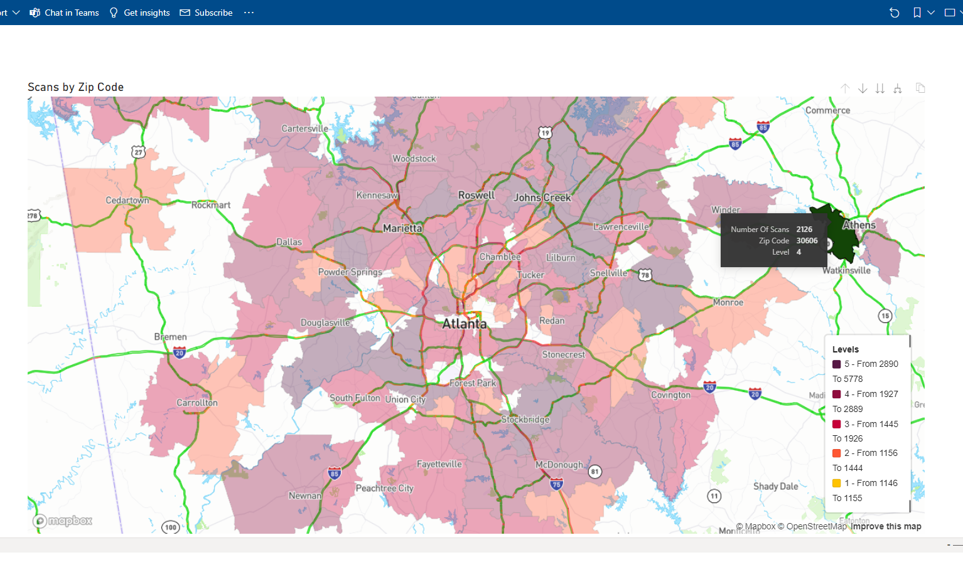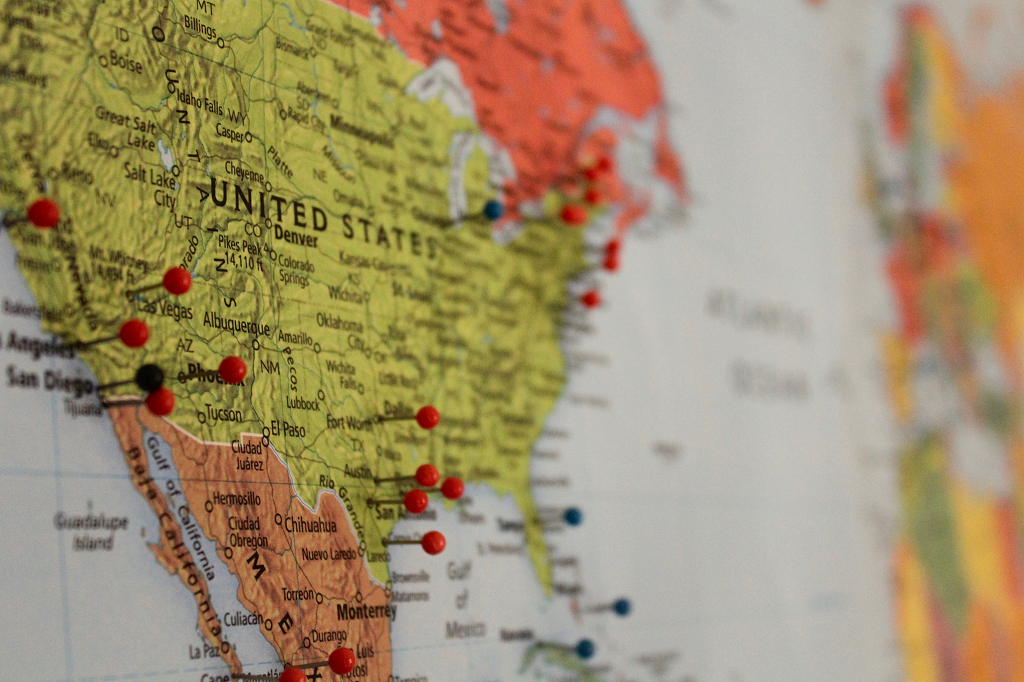Location data is one of the most basic yet valuable pieces of information acquired through consumer data collection methods. Whether it’s provided by the consumer during account creation or collected through location-sharing features as part of a brand’s app, or from various offline events, location data can reveal important information about a consumer’s environment, shopping habits, and motivations, as well as products territory occupation and penetration.
So, what insights can Consumer Packaged Goods (CPG) brands actually extract from location data? And how can brands use these insights to tailor their marketing efforts to specific scenarios?
Where are consumers?
By collecting location data on customers, brands can better understand where their products are most successful and identify regional or local markets with room to improve. Brands usually acquire the GEO information in order to get to Zip code, City, County and state within the US.
Regional Patterns of Spending
Customers don’t make purchase decisions in a vacuum. Location is just one factor that Consumer motivations and behavior can be significantly impacted by regional differences in climate, cost of living, lifestyle and population demographics.
Climate Influence
For example, the colder climate of the northeast might influence customers to purchase CPG products like hot chocolate, Chapstick, and soups. Conversely, the climate may motivate consumers in the hot and humid south to buy more ice cream, sunscreen, and lemonade.
Brands that understand how climate affects product sales can target specific products to specific markets so they aren’t wasting ad spending on a demographic that is less likely to purchase their product. Which products are more popular? Are low sales related to climate or some other missing marketing effort like limited storefront coverage, reduced sales force or incentives aren’t attractive within this region.
Cost of Living & Wealth
Cost of living and income information is readily available for brands to incorporate with consumer location information. Brands can target market efforts for their high-end or premium product offerings within high-income areas to yield a greater ROI. And in high COL areas, brands can adjust their loyalty incentives to support budget-minded consumers.
For example, a cosmetics brand might spend more to market their high-end skincare brand in high-income areas while offering $3 off common products in high COL areas. It wouldn’t make sense for the brand’s marketing team to spend millions on advertising to consumers not interested in $40+ skincare lotions.
Country vs City
Anyone that’s lived in both the country and city knows the experience is very different when considering the availability of shopping, restaurants, and other amenities. Consumers in the country spend far more time preparing and cooking meals at home, while city dwellers eat out more often and frequently enjoy the local nightlife and events.
What incentives would encourage those living in the city? What about the country? Teaming up with local restaurants may be a winning strategy around population centers, while consumers in the country will better appreciate deals at their local retail grocery store.
Other Scenarios
With access to heat maps providing each area’s consumption activity, imagine the opportunities that can be unveiled in terms of brand performance, including the path to potential root cause identification. Is underperformance due to limited storefronts or lack of salesforce coverage in the area? Which marketing campaign formats or incentives fit best for business or leisure areas? Using this type of insight, brands can then determine the best course of action, such as cross brand partnerships and targeted promotions or specialized incentives that best support the needs of the location.
Location Targeted CPG Marketing
Abrio’s CPG marketing tools help brands reach their growth goals through data collection and targeted loyalty. Brands can collect verified consumer data that includes proof of consumption, through Abrio’s product item level QR code solution. Products must be opened and consumed before the QR code is revealed for scanning.

When consumers scan each unique QR code, they can quickly and easily participate in the campaign. With this connection now established, the brand builds a direct contact to these consumers, and at the same time, also gains valuable insight into actual consuming behaviors and attraction to their products at various location levels.

